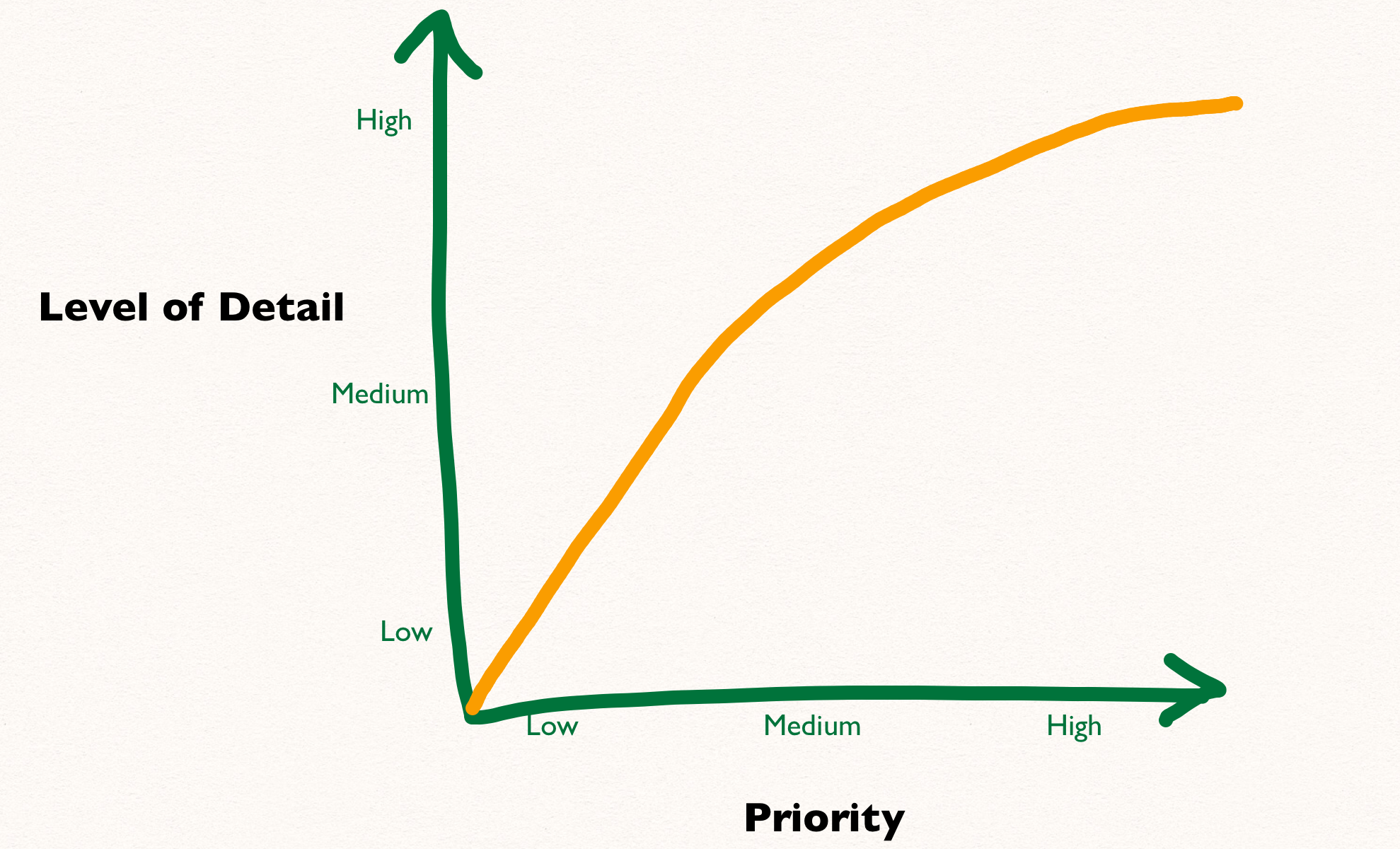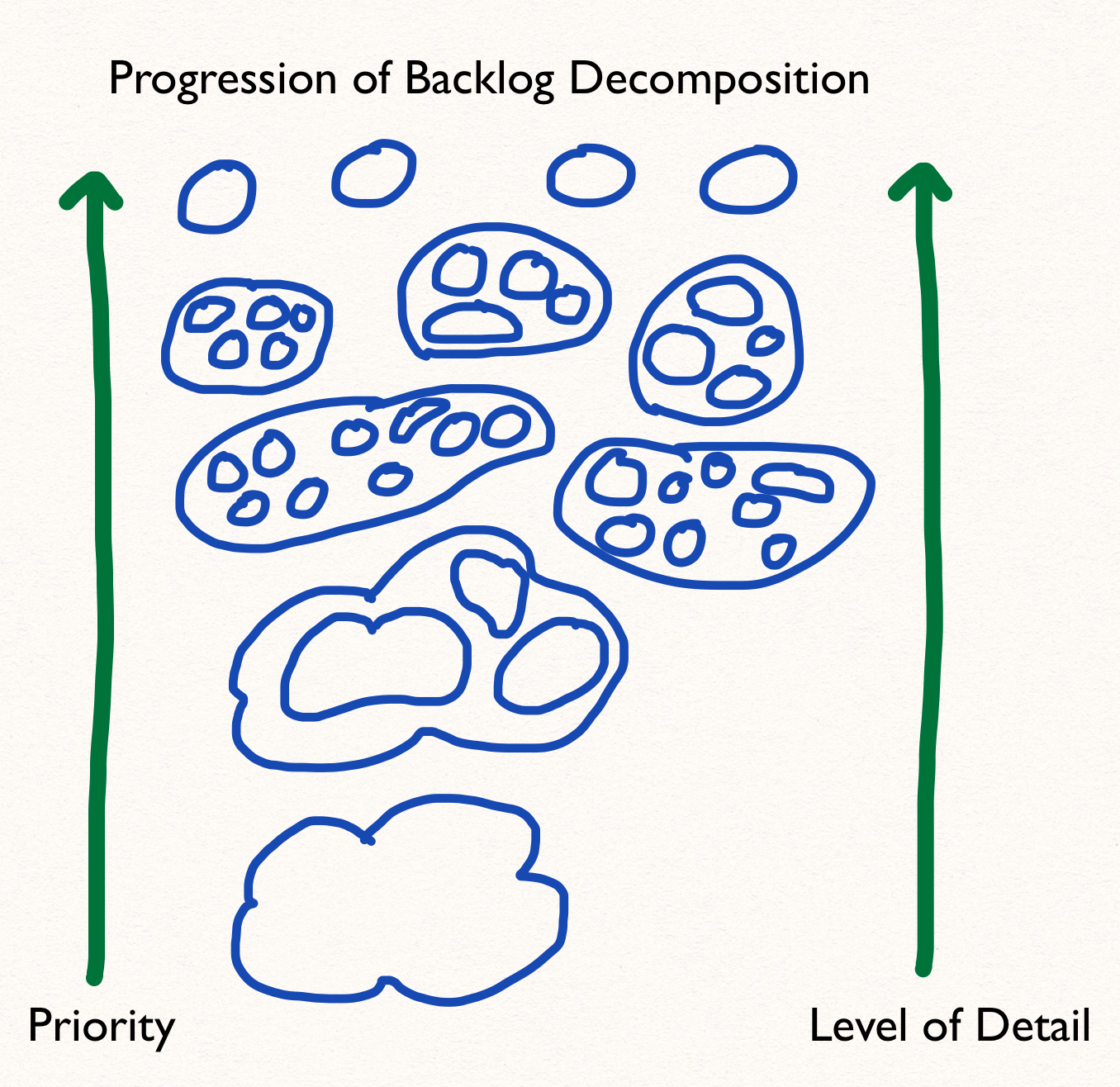Bullying can be as harmful to business profits, productivity and workplace harmony as it is in schools and other areas of society. If asked, most business leaders most likely feel a moral and ethical obligation to respond.
However, despite studies, much publicity, and even expanding illegalization, the majority of organizations throughout the world remain ineffective or unmotivated to proactively prevent or directly confront workplace bullying. Even when they are motivated, business leaders may not know where to begin.
Perhaps the key to unlocking organizational response is to focus on the broader business impacts that could harm the bottom line, program or project success, and wreak havoc within employee ranks. Instead of ethics, let’s focus our arguments on profits, financial incentives, and ROI. Bluntly put, ending bullying is just plain good for business. Second, by providing an action plan for change that is logical and reasonable to implement, we can help our organizations move forward.
Where to Begin?
Bullying can be as harmful to business profits, productivity and workplace harmony as it is in schools and other areas of society. If asked, most business leaders most likely feel a moral and ethical obligation to respond. However, despite studies, much publicity and even expanding illegalization, the majority of organizations throughout the world remain ineffective or unmotivated to proactively prevent or directly confront workplace bullying. Even when they are motivated, business leaders may not know where to begin.
Perhaps the key to unlocking organizational response is to focus on the broader business impacts that could harm the bottom line, program or project success, and wreak havoc within employee ranks. Instead of ethics, let’s focus our arguments on profits, financial incentives, and ROI. Bluntly put, ending bullying is just plain good for business. Second, by providing an action plan for change that is logical and reasonable to implement, we can help our organizations move forward.
The Costs of Workplace Bullying
The statistics are clear and irrefutable – workplace bullying is costing businesses billions of dollars annually. For every short-term result that a bully might create (i.e. a project completed on time and budget, or a previously struggling unit whipped back into shape), there is a long list of longer-term negative business impacts that far outweigh any temporary benefits. To quote Patricia Barnes, a workplace bullying author, judge and attorney, workplace bullying is likely the “single most preventable and needless expense on a company’s register.”
Many business leaders would likely say that bullying is wrong, but not all recognize that it has tangible and significant costs and where those costs and impacts are created. Putting ourselves in the world of the executives, model the conversation on identifying topics or statistics that resonate in their world and keep them up at night.
Cost caused by bullies can be organized into a series of buckets, each having potentially more significant impact.
Targets: Targets of bullying, who are often the organization’s top performers, often punish their offenders and the organization. Research has shown the punishment includes intentionally decreased work effort and quality, losing time to avoid the bully, reduced loyalty and work commitment and taking their frustrations out on customers.
Team members/ Colleagues: Experiments and other reports offer additional insights about the effects of bullying on those around the Target. Productivity, performance, creativity, and team spirit deteriorate. Bullies prevent work from getting done, causing chaos, confusion and a loss of focus. Most executives will listen if you ask to talk about an issue related to productivity.
Human Resource Impacts: There is a direct link between bullying and sick-leave/disability claims. The stress and health impacts caused by bullying impacts not only profits when your top talent takes time off work, but also requires the engagement of HR personnel to manage each situation
Legal Costs: The first place HR often turns for advice is legal professionals. Time spent risk managing, strategizing, and preparing to respond with lawyers involved adds up quickly. Further, courts are becoming more aware of workplace bullying with expected negative results for the companies that are found to have condoned the bully. A single bully can cause hundreds of thousands and even millions of dollars in costs, just if one well-founded claim is successful, even before the matter gets anywhere near a court.
Reputation and Executive Job Security: Every executive is concerned about their own and their organization’s reputation. The recent media-frenzy about the alleged Darwinian work environment at Amazon proves that bullying can have serious impacts on organizational reputation. If your workplace is perceived as toxic, people inevitably gossip about it. They share their frustration with anyone willing to listen, which, in the case of Amazon, led to journalist engagement from the New York Times. Think of what such an event costs in public relations, communications, and lost time – a reputational event of Titanic proportions.
Profits and Share Value: Near the top of the pyramid in terms of issues that every senior executive worries about are profit and share value. It bears noting the potential impact that a bullying workplace environment can have on share price. Again, using Amazon as a wonderful illustration of market forces at work, Amazon’s share price dropped from $535.22 a share on Aug 17, 2015 to $463.37 one week later. If that doesn’t get executives sweating, then I don’t know what might.
Customers/Clients: Finally, we reach the top of the pyramid knowing that businesses fail if their customers lose faith in them. Most recently, the world has witnessed Volkswagen fall meteorically from grace losing billions, all thanks to a decision to choose profits over ethics. This is a terrific lesson for all organizations and plays perfectly into the issue of workplace bullying.
People are less likely to do business with a company with an employee they perceive as a bully or rude, even if the bullying isn’t directed at them. Disrespectful behavior makes people uncomfortable, and they’re quick to cease business relations with an organization that permits bullying. People will judge organizations harshly and the tide is definitely turning towards a marketplace that won’t support organizations that condone bullying.
What’s Your Anti-Bullying Action Plan?
As a reminder for both readers and the motivated executives to implement change, it helps to have an action plan, just like any sound project. Business-savvy organizations are taking increasingly proactive steps to confront workplace bullying, reinforcing the value of ethical awareness and policies predicated on building trust, protecting employees and instilling confidence in those who work for the organization and those who do business with them.
Anti-bullying advocates and experts offer tips to companies and managers. Some of the most practical, proactive tips are the following:
- Create clear, robust organizational anti-bullying policies and make training mandatory for everyone: All organizations should establish clear and effective bullying policies and procedures for addressing bullying allegations. Training, awareness, and education are critical to the success of such policies. Human resources must be on board and not feel unprepared.
- Consider long-term project, program and organization well being when addressing bullying: Since workplace bullies often get short-term results, employers – particularly senior management level staff – too often tolerate them. However, it is far better to proactively and directly address the bullying than to permit spreading poison throughout the organization.
- Lead by example: From the organization’s highest levels, it should be made clear that bullying isn’t acceptable. From the CEO, executive team, senior managers and project managers all the way down to lower-ranking staff, the message must be one of zero tolerance for bullying.
- Respond to all types bullying behavior: Bullying often begins with small actions such as eye rolling, sneering, or demeaning a colleague, either in private or publicly. While such behavior may seem insignificant, it is unprofessional and everyone in the organization must be trained and capable to address it immediately.
- Establish fair, effective and safe methods to report alleged bullying: Bullying isn’t like other conflict in the workplace. It requires specialized processes and methods for conflict resolution. First, an unbiased, safe and user-friendly complaints reporting process is essential. This is works to everyone’s benefit and will ensure impartial, confidential and trustworthy processes.
- Bullying investigations must be impartial, fair and fulsome: In order for a staff to feel safe and have faith that it takes this issue seriously, it is essential that investigations are unbiased, free from political interference and result in appropriate responses if allegations are proven. Fair treatment for Targets, bullies and witnesses is needed to engender trust in the process.
- Take bullying claims seriously but tread carefully: Take bullying allegations seriously, but don’t assume they’re true – that is for the investigation process to determine.
- Normal conflict resolution processes won’t work with bullies: It is naïve to think that you can reason with a bully. Consequently, mediation is simply another opportunity for the bully to misbehave and instill fear in the target. Thus binding arbitration is normally the best process to use.
With our pyramid of impacts to provide cogent arguments and the recent examples of Amazon and Volkswagen fresh on the radar, it is the writer’s submission that both the readers and the bosses see the true conclusion of this exercise – the opportunity cost of failing to act to prevent and eliminate workplace bullying is massive in comparison to becoming a change leader.
If employers and senior executives take initiative in addressing bullying early on, much larger financial, ethical, legal, human resource and project problems will be avoided. Eventually, these initiatives will lead to wider support for zero tolerance for bullying in the workplace regardless of circumstance, societal norm, or jurisdiction.
References
– Barnes, Patricia G. (2012, updated July 2013) Surviving Bullies, Queen Bees and Psychopaths. United States. ISBN 978-0-615-64241-3.
– Cardemil, Alisha R.; Cardemil, Esteban V.; O’Donnell, Ellen H. (August 2010). “Self-Esteem in Pure Bullies and Bully/Victims: A Longitudinal Analysis“. Journal of Interpersonal Violence (Sage Publications) 25 (8): 1489–1502. doi:10.1177/0886260509354579. PMID20040706
– Einarsen, Ståle (2003). Bullying and Emotional Abuse in the Workplace: International Perspectives in Research and Practice. Taylor & Francis. ISBN978-0-415-25359-8.
– Erickson, Ian. “Bullying in the Workplace A Problem for Employers”. Guardian Newspaper Published February 1, 2014.
– Habib, Marlene. “Bullies Can Make Workplace Intolerable.” Globe and Mail Newspaper Published: Dec. 19 2011. Last updated: Sep. 06 2012.
– Kantor, Jodi and Streitfeld, David. “Inside Amazon: Wrestling Big Ideas in a Bruising Workplace.” New York Times Newspaper. Published: August 16, 2015.
– Kelsey, Lindsay. “The significance of Amazon’s work culture — and how the Times article may impact the retail giant.” Published: August 19, 2015.
– Pfeffer, Jeffrey. “3 lessons from the Amazon takedown.” Published: August 18, 2015.
– Pinsky, Erica (2009). Road to Respect: Path to Profit, Canada: ISBN: 978-0-9811461-0-2
– Porath, Chrisine and Pearson, Christine. “The Price of Bullying in the Workplace.” Harvard Business Review. Published January 1, 2013.
– Project Management Institute (2014). PMI Code of Ethics and Professional Conduct. (2006).
– Project Management Institute (2013). PMI Ethical Decision-Making Framework. (2013).
– Project Management Institute. (2007). Project manager competency development framework – Second Edition. Newtown Square, PA: Author.
– Stephens, Tina; Hallas, Jane (2006). Bullying and Sexual Harassment: A Practical Handbook. Elsevier. p. 94. ISBN 9781780631493.
– The Workplace Bullying Institute website including “The WBI Definition of Workplace Bullying“.
– The Workplace Bullying Institute’s list of reference books.














